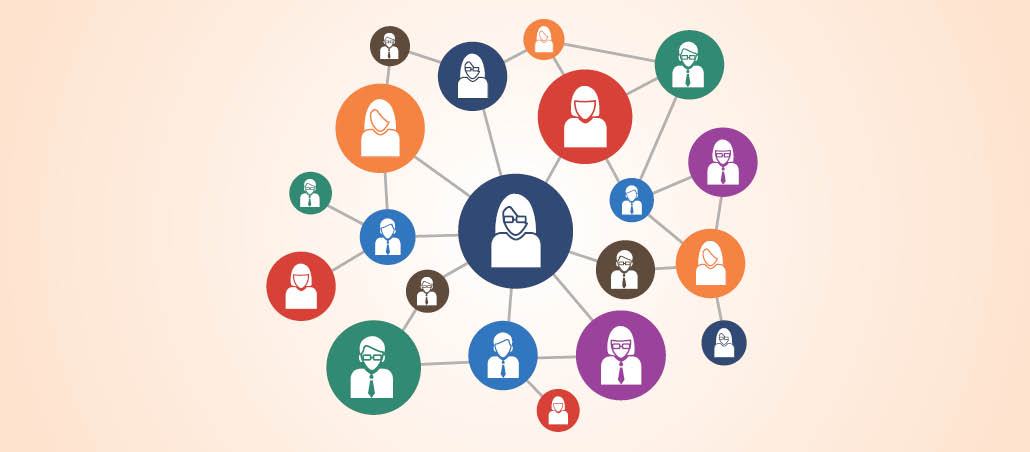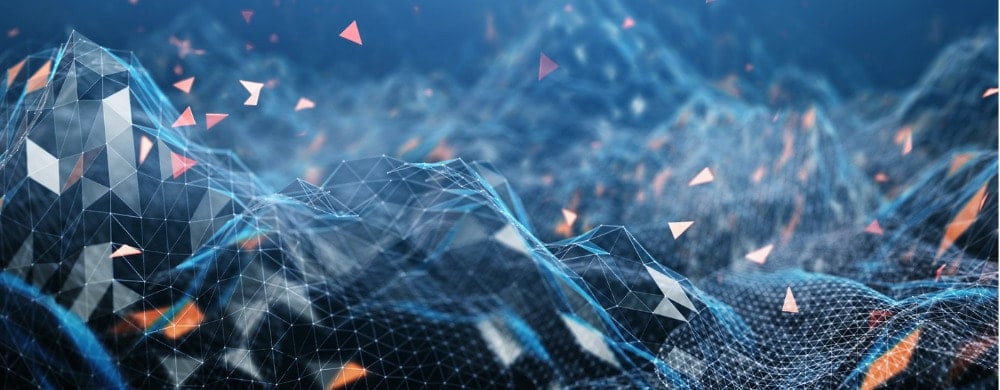Contact us and see what NetOwl can do for you!
How Entity Matching Can Be Critical to Analyze Terrorist Networks
Homeland Security, Identity Resolution, Intelligence Analysis, Name Matching

National security agencies protect citizens from a variety of security threats that include not only state but also non-state actors such as cyber criminals and terrorist organizations. In fact, in recent years the greatest security threats to the US and many other countries have not been formal states or foreign powers but terrorist organizations operating with looser, decentralized structures and hierarchies.
Modern threats require modern tools and strategies. One major modern analytical technique is social network analysis. Social network analysis seeks to understand the members, connections, and structure of a network. In a social network analysis graph, the nodes represent individuals or events and the edges or links represent the relationships between pairs of individuals or between individuals and events.
In the case of terrorist organizations, networks typically form around ideology and may span countries, continents, and languages. Social network analysis is important not only to reveal the structure and clusters in the network but also to understand recruitment, network evolution, and the spread of radical ideas.
Intelligence agencies collect and analyze information about terrorist organizations and other criminal groups and individuals in order to better understand and counter these threats. For instance, given a database of known bad actors, it’s important to figure out what individuals are related to each other and in what ways. In order to find the entities that are related, records and their attributes (e.g., affiliations, kinship, addresses) must be compared. The challenge is that attribute values across records often differ due to misspellings, nicknames, word reordering, partial values, and different language scripts or transliterations. An exact record comparison would miss many potential connections among the records. Instead, intelligent fuzzy matching is required.
Entity Matching Supports Social Network Analysis
Here is where Entity Matching technology, also known as Identity Resolution, comes into play. Advanced Entity Matching can reveal unknown and unexpected connections by performing fuzzy matching across records. For instance, it can identify records with similar but not identical addresses or affiliations due to misspellings or alternative transliterations. Two different individuals sharing a similar address may well be connected and might represent a key association that helps connect the dots to thwart a terrorist plot.
State-of-the-art NetOwl EntityMatcher is especially suitable for this task:
- It uses intelligent, probabilistic, entity matching — i.e. identity resolution — rules derived from large-scale, real-world, multi-ethnicity name and other attribute data.
- It supports matching across language scripts (e.g., Chinese, Cyrillic, Arabic, Latin alphabet)
- It returns a similarity score to allow ranking of potential matches.
- It’s fast and scalable. It can search against tens of millions of entity records with sub-second response times.
- It’s customizable. It allows parameter tuning as well as addition of custom rules and dictionaries.
- It’s based on award-winning technology.
Social network analysis alone can miss important connections in a network, especially when a network spans multiple countries, languages, or ethnicities. For this reason, the use of NetOwl’s EntityMatcher is not only beneficial for national security, but also crucial. For more information on how NetOwl’s Identity Resolution software can improve your social network analysis, contact NetOwl today.


